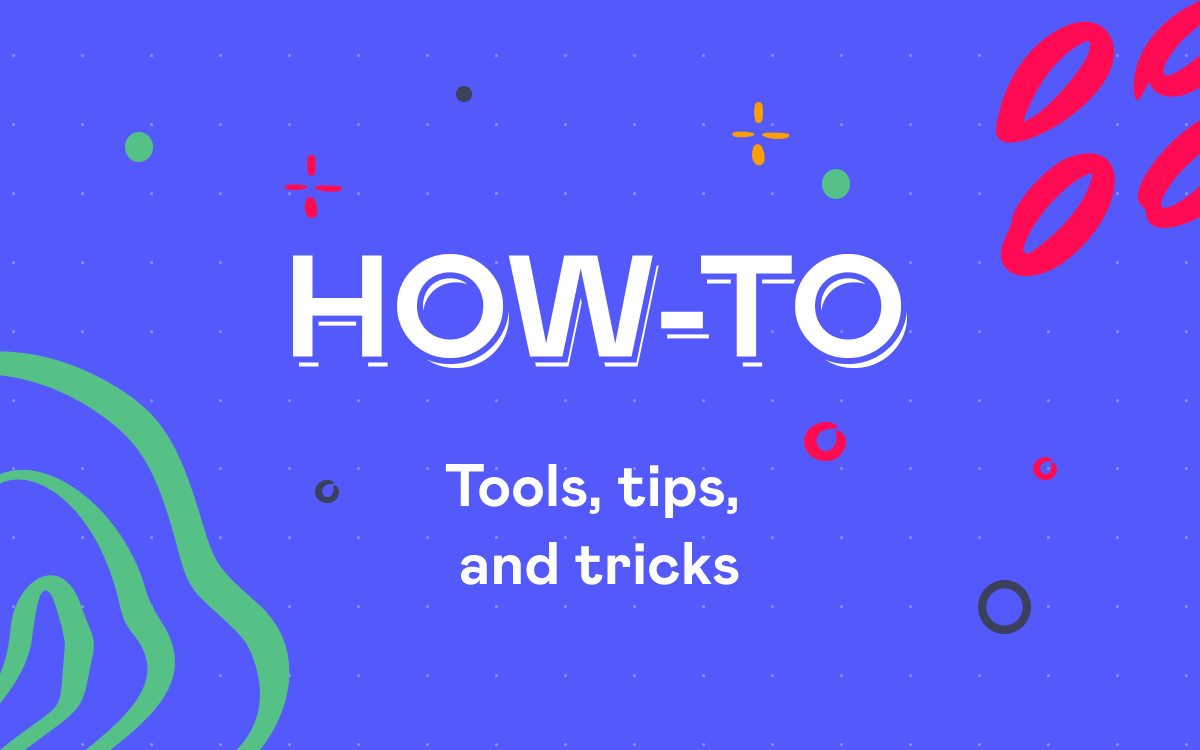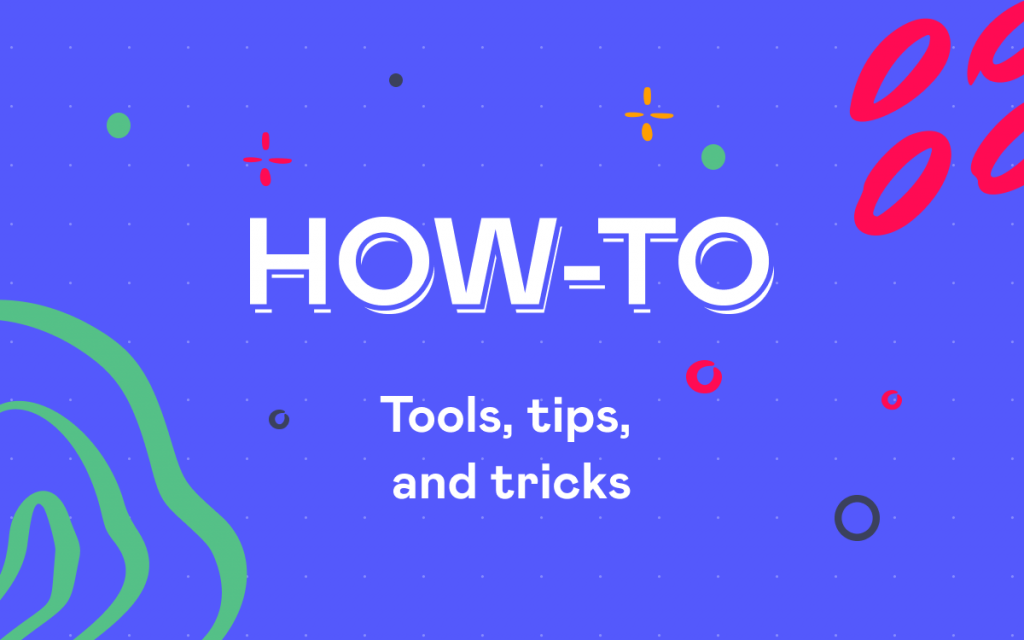Confluence 5 Tips: How to Develop Confluence Blueprints Addons
Recently released Conflunece 5 is no doubt a great product. New space sidebar, new Application navigator, new look and feel – at StiltSoft, we like all these features a lot. But most of all we like Confluence Blueprints that make creation of new content easy and quick.
Last week we rolled out a new version of Evernote Plugin that allows to create Confluence pages right from notes in Evernote. And Blueprints make this even easier.
Being one of the first developers employing Blueprints when creating plugins, we’d like to share our experience with others. To do that, we developed a nifty plugin that creates pages from good old wiki markup in the View mode. Confluence Blueprints allows to create pages without entering the Edit mode!
Continue reading “Confluence 5 Tips: How to Develop Confluence Blueprints Addons”






















